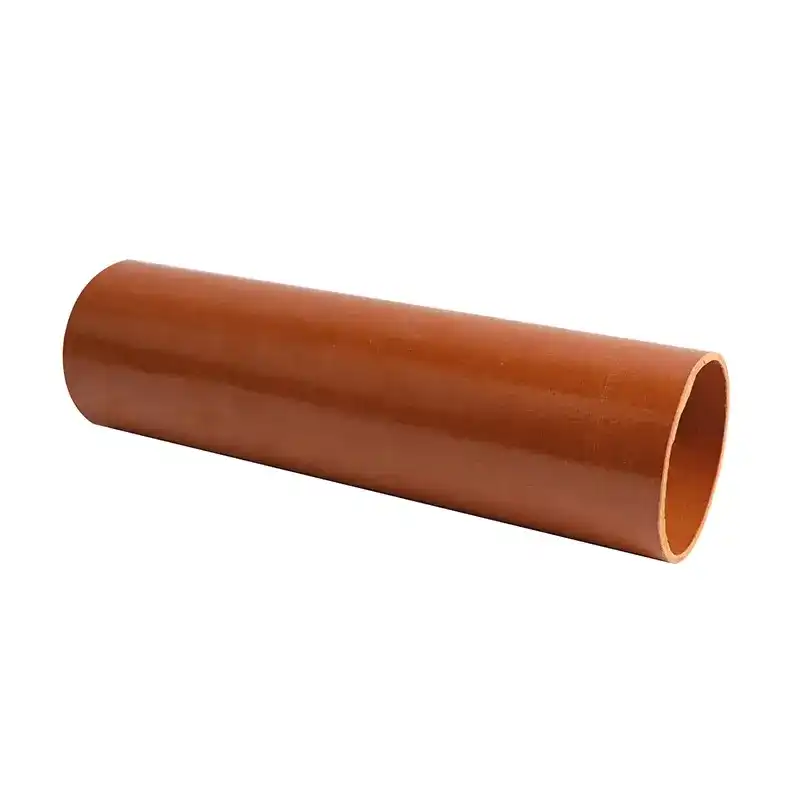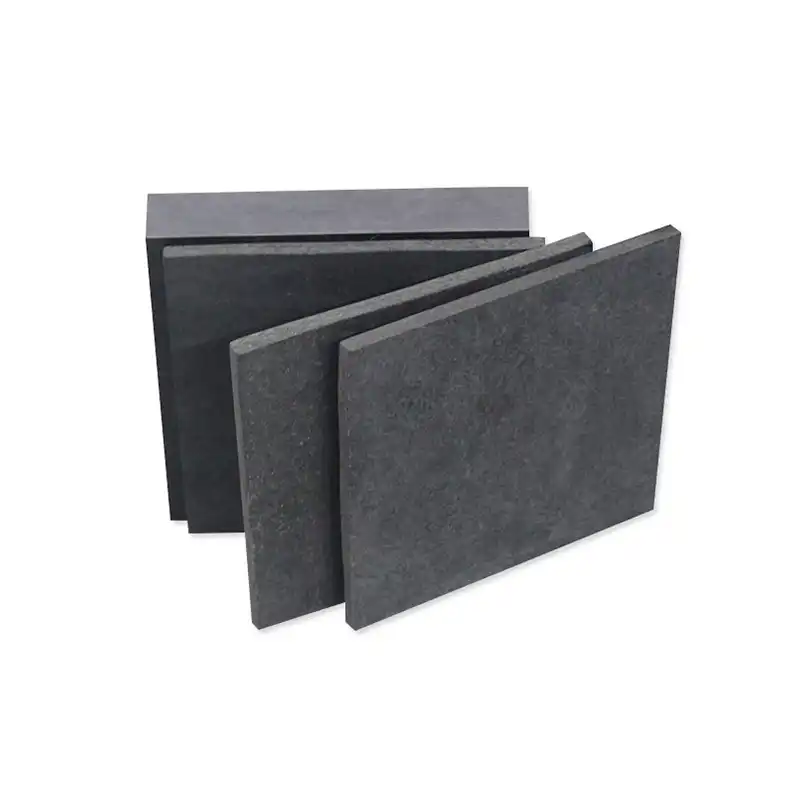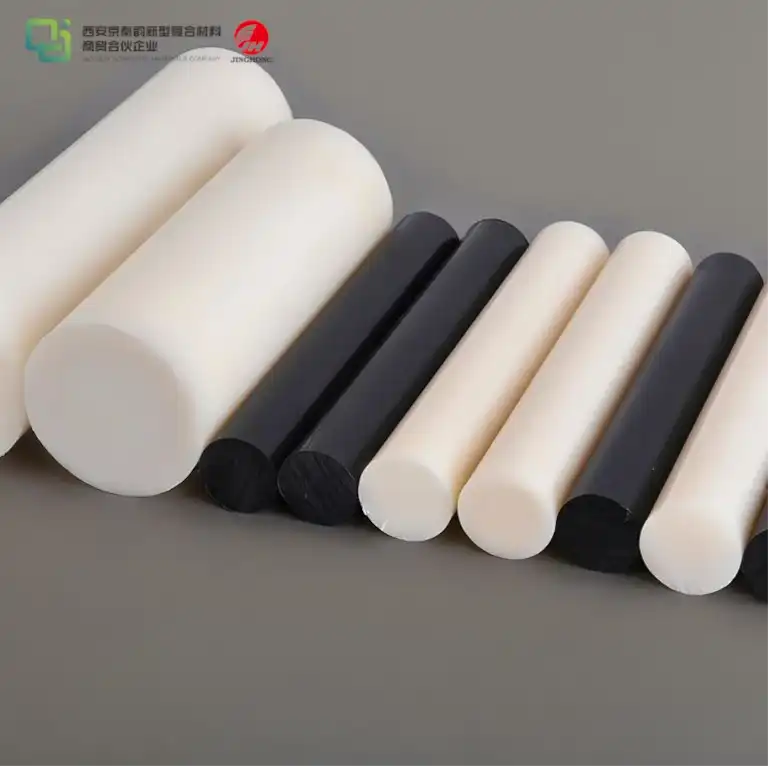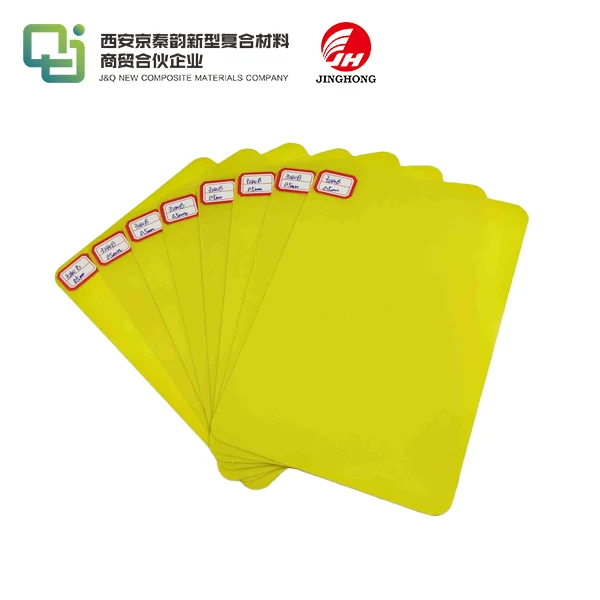What Are the Steps In curing and Molding Epoxy Laminates?
2025-02-14 16:51:26
The process of curing and molding epoxy laminates involves several crucial steps that ensure the production of high-quality, durable insulating sheets. Initially, the epoxy resin and hardener are carefully mixed in precise ratios. This mixture is then applied to reinforcement materials, such as fiberglass or carbon fiber. The laminate is then placed into a mold, where pressure and heat are applied to shape the material and initiate the curing process. Throughout the curing phase, the epoxy undergoes chemical reactions, transforming from a liquid to a solid state. The curing time and temperature are meticulously controlled to achieve optimal crosslinking and mechanical properties. Finally, the cured laminate is removed from the mold and may undergo post-curing treatments to enhance its performance characteristics.
Preparation and Mixing of Epoxy Resin
Selection of Appropriate Epoxy System
Selecting the appropriate epoxy system is critical for achieving the desired performance in the final laminate. Key factors, including viscosity, pot life, and glass transition temperature, must be carefully evaluated to ensure optimal curing and bonding. For high-performance applications, advanced epoxy systems may include specialized formulations that incorporate nanoparticles, toughening agents, or other additives. These enhancements improve specific properties such as thermal stability, impact resistance, and mechanical strength, making the laminate more suited for demanding conditions in industries like aerospace, automotive, and electronics.
Precise Measurement and Mixing Techniques
Accurate measurement and mixing of epoxy components are essential to achieving the best possible performance. Using advanced equipment like planetary mixers or automated dispensing systems ensures thorough and uniform blending, while minimizing the risk of air entrapment. To further enhance the epoxy laminate's quality, some manufacturers use degassing techniques to eliminate trapped air bubbles, preventing potential weaknesses and ensuring a more reliable, durable final product for demanding applications.
Addition of Modifiers and Additives
Specialized additives are often incorporated into epoxy formulations to customize the material's properties for specific applications. These additives, such as flame retardants, UV stabilizers, or conductive fillers, can enhance performance characteristics like fire resistance, weathering durability, or electrical conductivity. However, the integration of these modifiers must be carefully managed to ensure they do not adversely affect the epoxy's viscosity, curing process, or the final laminate's mechanical and electrical properties.
Lamination and Molding Processes
Reinforcement Material Preparation
Reinforcement materials, such as fibers or fabrics, are carefully prepared to ensure optimal performance during lamination. This preparation may include cutting the materials to exact dimensions, treating surfaces to enhance resin adhesion, or pre-impregnating them with resin for better bonding. For more intricate designs or to boost mechanical properties, advanced techniques like automated fiber placement or 3D weaving are employed. These methods enable the creation of complex geometries while maintaining high strength and durability in the final laminate.
Laminate Layup Techniques
The layup process plays a pivotal role in defining the final properties of the epoxy laminate. Advanced methods like vacuum-assisted resin transfer molding (VARTM) and resin film infusion ensure even resin distribution while minimizing voids, leading to enhanced structural integrity. In high-performance applications, automated tape laying or fiber placement robots are employed to achieve precise fiber orientations, ensuring consistent quality, strength, and durability in the laminate, even for complex and intricate designs.
Mold Design and Preparation
Mold design is crucial to achieving the desired quality in the final laminate. To accommodate complex shapes or high-volume production, advanced mold materials like high-temperature-resistant composites or specialized alloys are often used. Additionally, mold surface treatments and release agents are meticulously chosen to facilitate easy demolding while maintaining the surface finish. This careful selection ensures the laminate maintains its structural and aesthetic quality, even in demanding manufacturing environments.

Curing and Post-Processing Techniques
Optimization of Curing Parameters
The curing process is carefully monitored to ensure optimal crosslinking density and enhance the laminate's mechanical properties. Advanced techniques like step-cure cycles and dynamic mechanical analysis (DMA) are often employed to fine-tune the curing profile, ensuring consistent quality. For faster processing, especially with thicker laminates, some manufacturers use microwave or electron beam curing, which accelerates the curing time while maintaining the desired material properties, improving production efficiency.
Post-Curing Treatments
Post-curing treatments are crucial for further enhancing the properties of the epoxy laminate. These treatments may involve thermal cycling, pressure post-curing, or exposure to controlled environmental conditions to improve material strength and stability. Advanced post-curing methods, such as gradient temperature curing or controlled moisture absorption, allow manufacturers to fine-tune the laminate's performance, ensuring it meets the specific requirements of demanding applications, including enhanced durability, thermal resistance, and dimensional stability.
Quality Control and Testing
Rigorous quality control is essential throughout both the curing and molding processes to ensure consistent laminate quality. Non-destructive testing methods, such as ultrasonic scanning or thermography, are employed to identify internal defects, voids, or inconsistencies without damaging the material. Additionally, advanced analytical techniques like dynamic mechanical analysis (DMA) and differential scanning calorimetry (DSC) are used to evaluate the degree of curing and provide detailed insights into the laminate’s mechanical properties and thermal behavior, ensuring optimal performance.
Conclusion
The curing and molding of epoxy laminates is a sophisticated process that demands precision, expertise, and advanced technologies. From the initial preparation of materials to the final quality control measures, each step plays a vital role in producing high-performance insulating sheets. By leveraging cutting-edge techniques and materials, manufacturers can create epoxy laminates with superior mechanical, thermal, and electrical properties, meeting the diverse needs of industries ranging from electronics to aerospace.
Contact Us
For more information about our high-quality epoxy laminates (FR4 epoxy sheet,3240 epoxy sheet) and insulating sheets, please contact our experienced team at info@jhd-material.com. Our decades of expertise in manufacturing and global trade ensure we can provide you with superior products and unparalleled service.
References
1. Pascault, J. P., & Williams, R. J. J. (2017). Epoxy polymers: new materials and innovations. John Wiley & Sons.
2. Ratna, D. (2018). Handbook of thermoset resins. Smithers Rapra.
3. Hoa, S. V. (2019). Principles of the manufacturing of composite materials. DEStech Publications, Inc.
4. Mallick, P. K. (2020). Fiber-reinforced composites: materials, manufacturing, and design. CRC press.
5. Soutis, C., & Beaumont, P. W. (Eds.). (2020). Multi-scale modelling of composite material systems: the art of predictive damage modelling. Elsevier.
6. Mouritz, A. P. (2018). Introduction to aerospace materials. Woodhead Publishing.







